Apple is still considering ways to add a camera to the Apple Watch, by incorporating an imaging sensor into the band of the wearable device, allowing it to be used for both photographs of the local environment and for the user for FaceTime calls.
The Apple Watch is one of the few portable devices Apple produces that doesn't include a camera. While it can arguably perform most of the essential functions of an iPhone, photography has always been limited to remotely controlling the shutter of the iPhone and using the Apple Watch as a portable viewfinder.
In a filing published by the US Patent and Trademark Office on Tuesday, Apple's proposal for a "Watch band with optical sensor" suggests the solution to the problem is to include a camera sensor on the band itself, rather than adding it as an extra component within the already-cramped body of the Apple Watch.
While most designs for the sensor would logically place it near to the body of the Apple Watch itself, something Apple has previously suggested, the latest patent instead opts to place the camera at the end of a band strap. In one design, it is on the end of the long lower strap, which wraps below the wrist to near the top side of the Apple Watch.
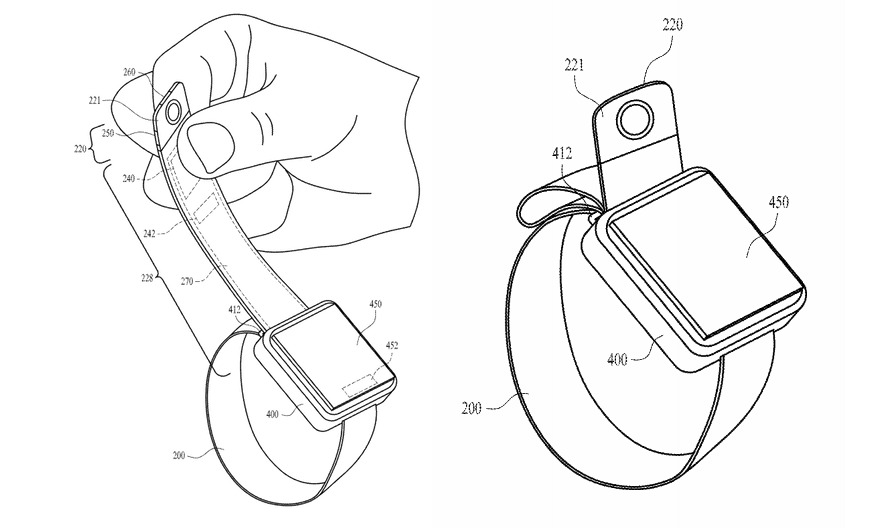 Illustration of the end-of-strap camera sensor, button, and how it can be mounted close to the Apple Watch body
Illustration of the end-of-strap camera sensor, button, and how it can be mounted close to the Apple Watch bodyIn another loop-style strap, the sensor is again at the end and fed through the fixed loop at the top before going back and attaching to an earlier part of the strap. A third option is to use a small dedicated section of strap that is separate from the one that goes around the wrist, but is used to hold the camera sensor and can attach to the rest when not in use.
In all cases, the strap can be manipulated to point the camera into the right direction, as the strap is malleable enough for lining up the shot. In the case of the latter two strap designs, the band can be arranged to resemble a small raised section containing the sensor just above the Apple Watch display, allowing it to be used in a more camera-like fashion, or even for self portrait shots.
While the straps will include connections between the sensor and the Apple Watch, they may also include some sort of flexible core that allows the band to be positioned where the user wants it, such as a metal wire, magnetorhelogical fluid, or metal links. Depending on how it is set up, the strap could also include a hidden button to allow a user to take the shot, without needing to press a button on the Apple Watch.
It is also suggested there could be more than one imaging sensor installed into the end of the strap, as two sensors could allow for one to be on each side. Users could then switch between the sensors to show themselves or their surroundings during a FaceTime call, or even to take photographs or video from both angles simultaneously.
Apple also proposes the use of just one sensor, but having it on a hinged section that can rotate around, allowing just one sensor to pull double duty for self portraits and environmental photography.
Apple files numerous applications with the USPTO on a weekly basis, but while the patent filings reveal areas of interest for the iPhone maker, it doesn't necessarily mean the ideas will make their way into a future product or service.
Cameras in an Apple Watch band have been explored before, but typically by placing the sensor close to the body of the device itself, rather than at the end of the strap. One example from November 2018 suggested two sensors on both components of the strap, allowing for both selfies and normal shots to be taken.
Extending functionality beyond the body of the Apple Watch via the bands has also been suggested in other ways, including using a series of variably illuminable indicators along the strap to provide status levels for functions. For example, the famous Apple Watch Rings could be represented on a band with segmented lines, with parts lit up depending on the user's progress throughout the day, saving them from manually checking the Apple Watch.
Apple also thought about how the band could use light tubes as part of its design, with customizable colors allowing it to be personalized to match the user's clothing or personal style. There have also been filings relating to hiding components in bracelet links, self-adjusting bands, and back plates to add more functions.
 Malcolm Owen
Malcolm Owen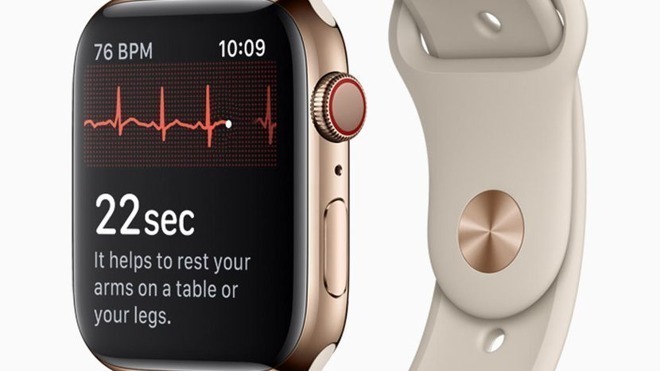
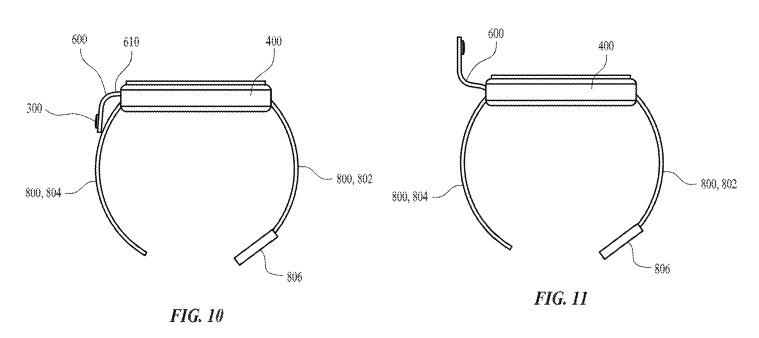
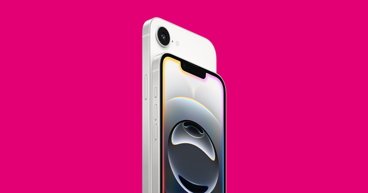



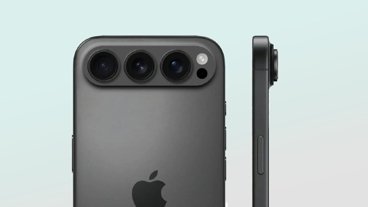

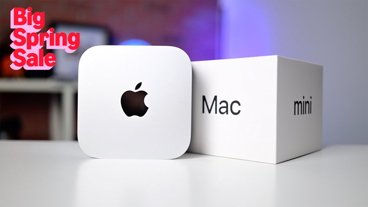
-m.jpg)





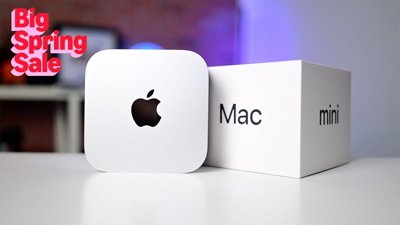
 Christine McKee
Christine McKee
 Wesley Hilliard
Wesley Hilliard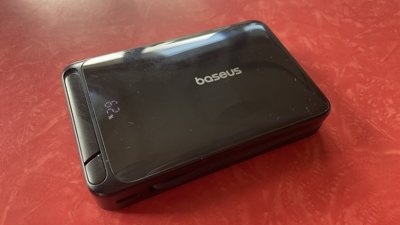
 Thomas Sibilly
Thomas Sibilly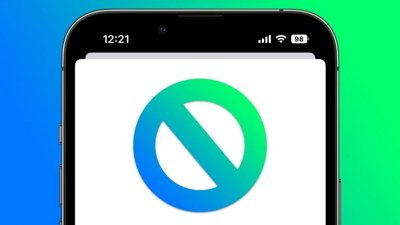
 Marko Zivkovic
Marko Zivkovic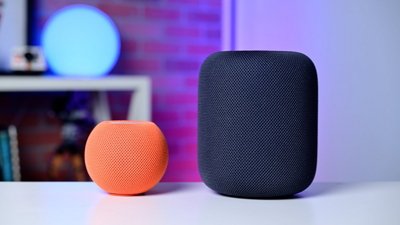
 Andrew O'Hara
Andrew O'Hara
 Amber Neely
Amber Neely
 William Gallagher
William Gallagher









13 Comments
As others have pointed out, adding more and more hardware and software features puts more and more drain on the battery. Battery technology is stagnant with major improvements still in the laboratory at MIT and elsewhere.
Good, a camera on Apple Watch can’t happen soon enough as far as I’m concerned.
I’m increasingly convinced that the smart phone as the chief personal device is a passing phenomenon. Wearables.